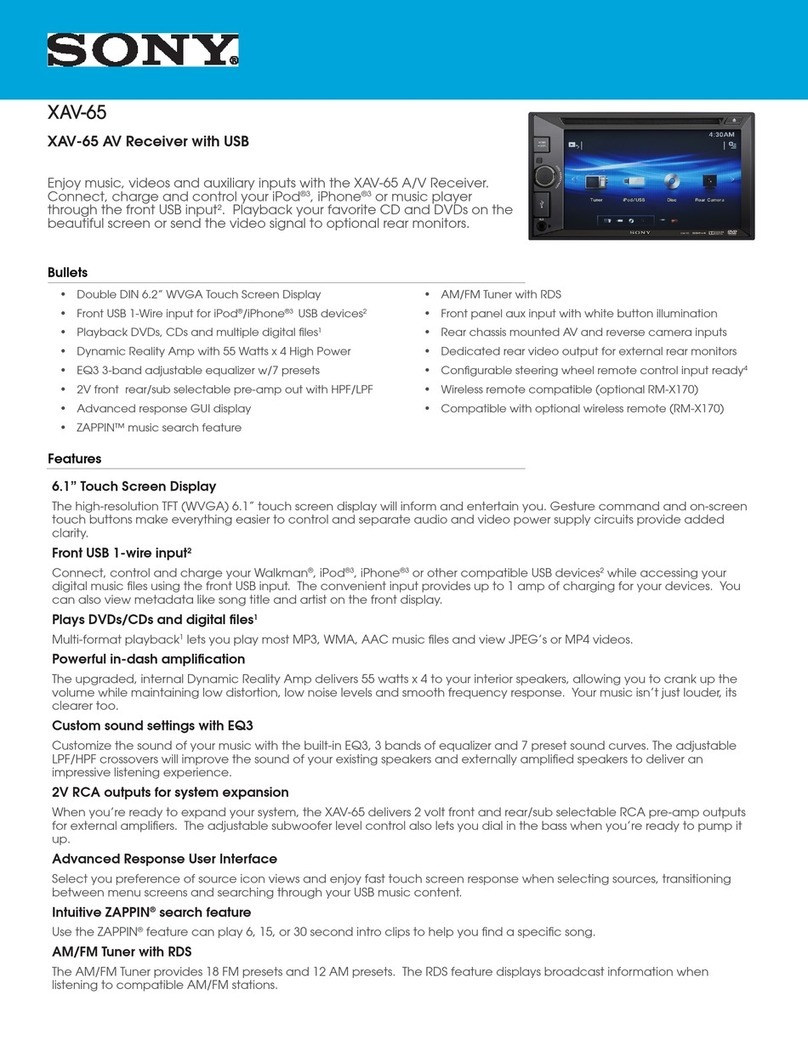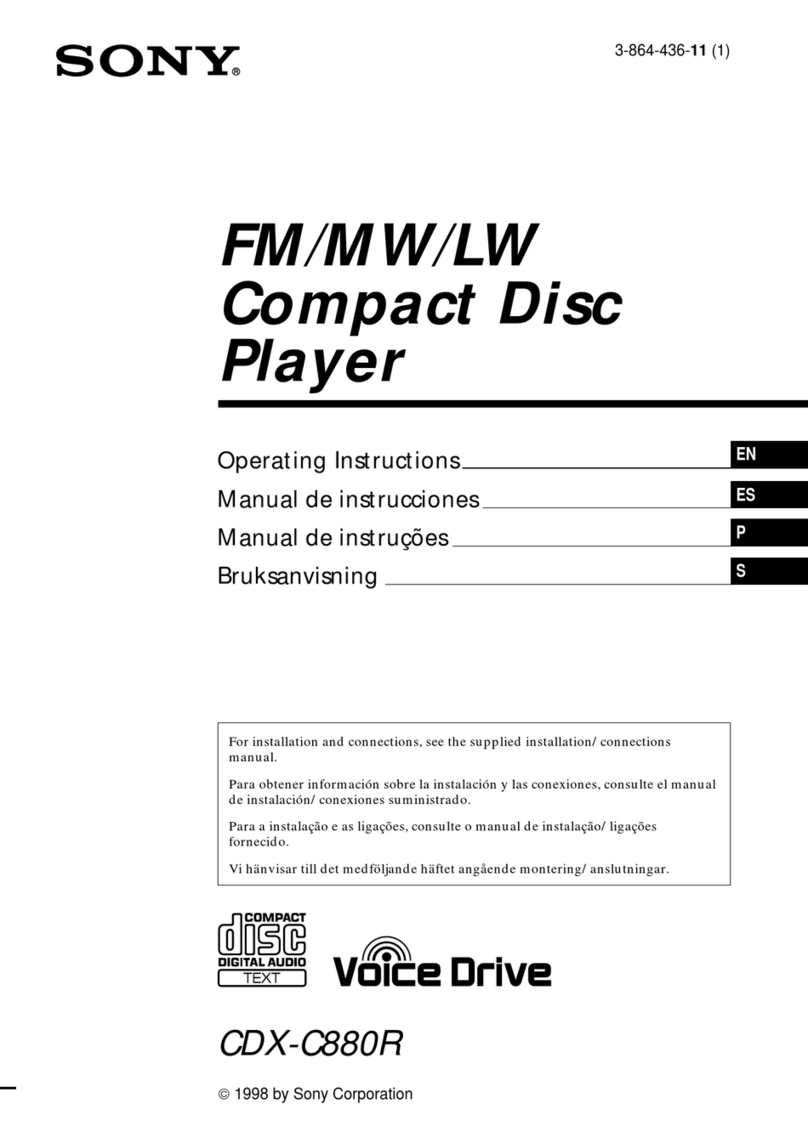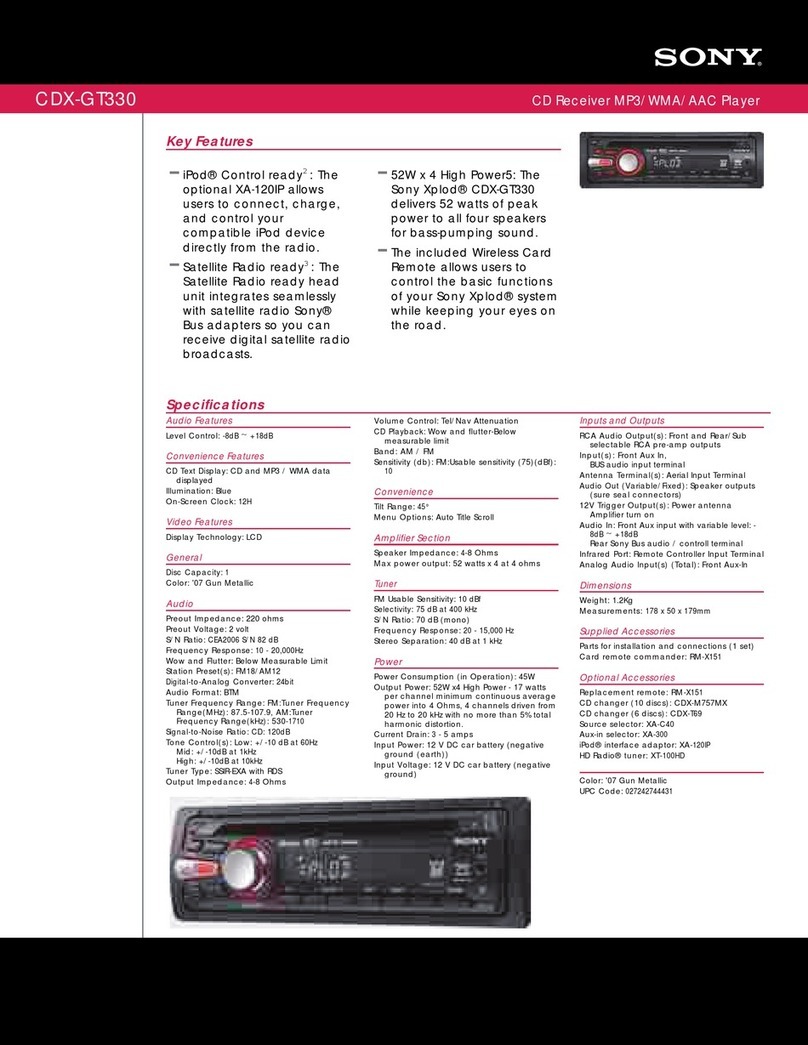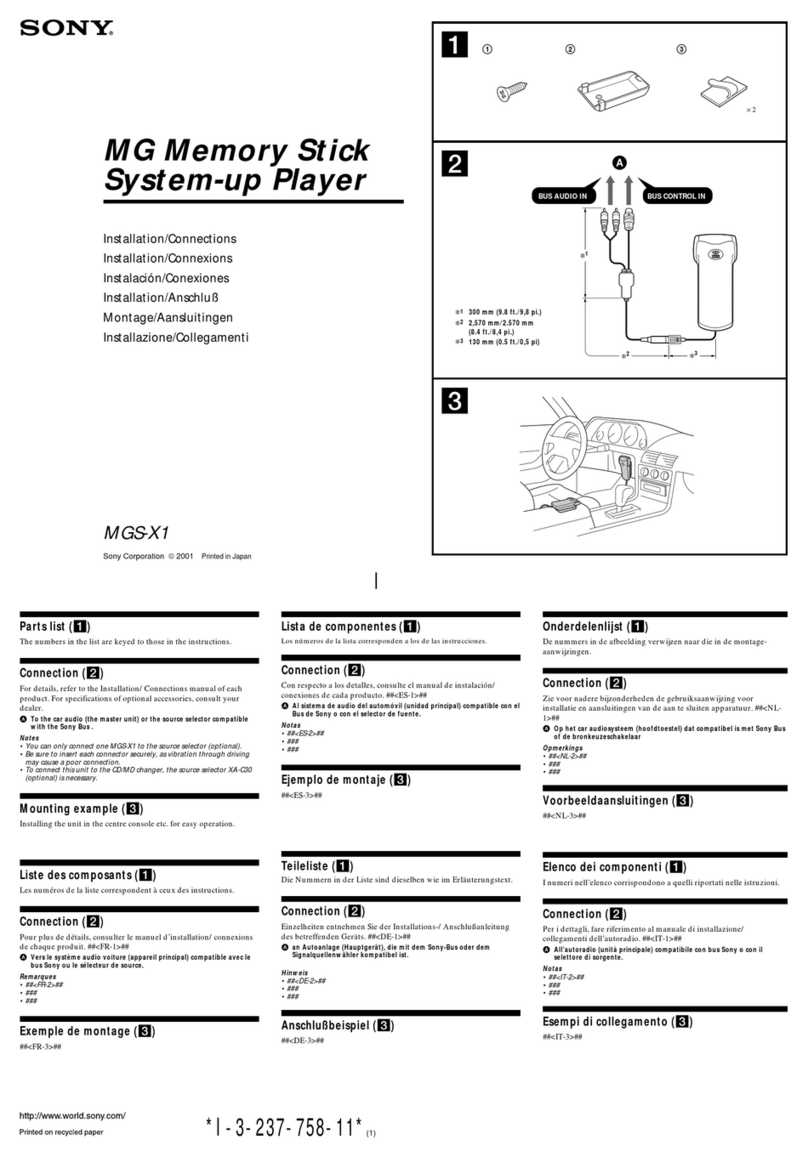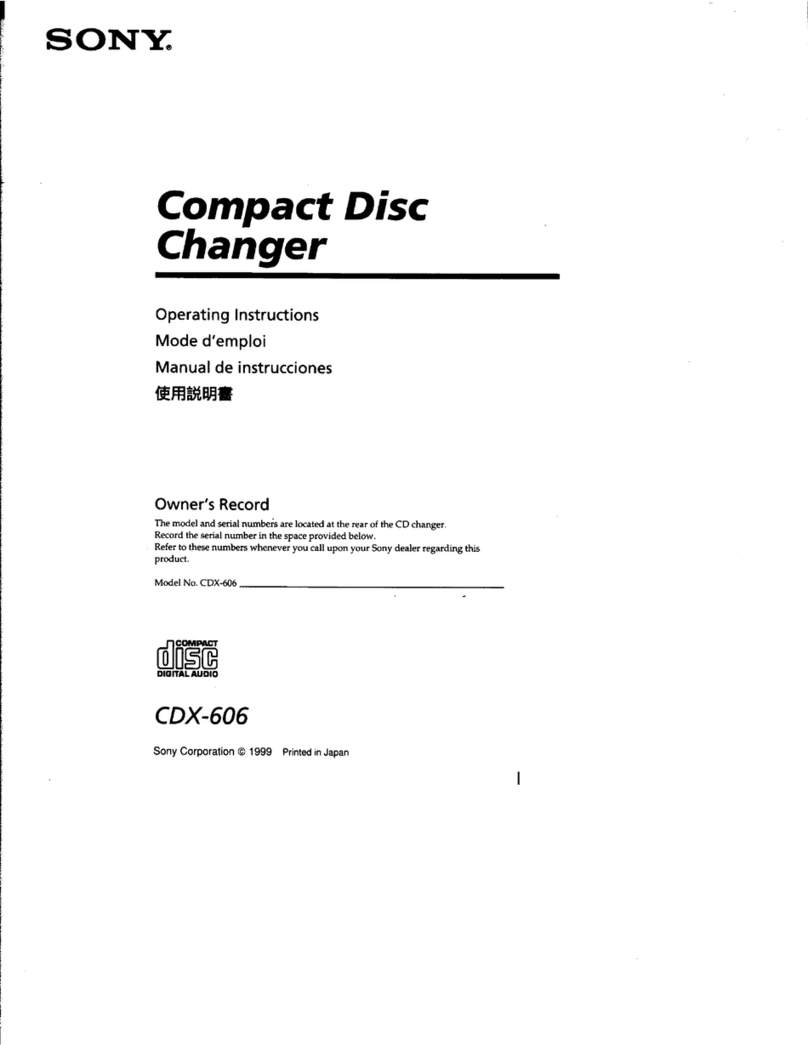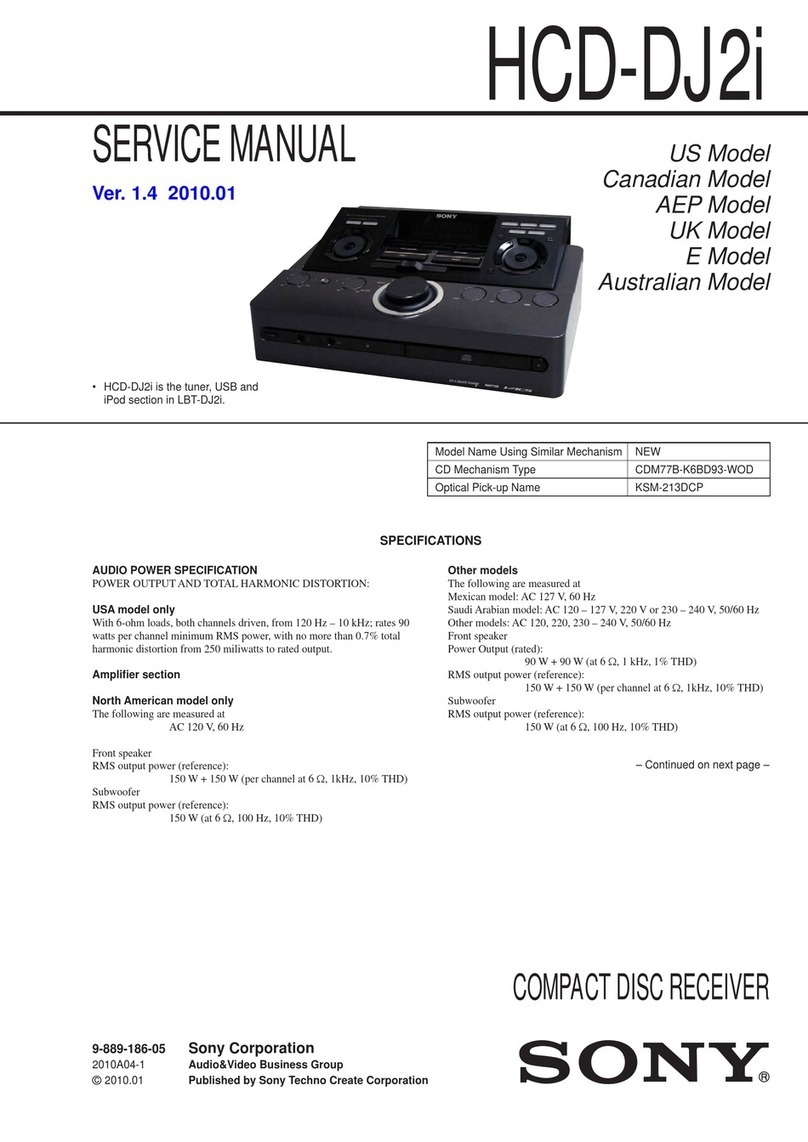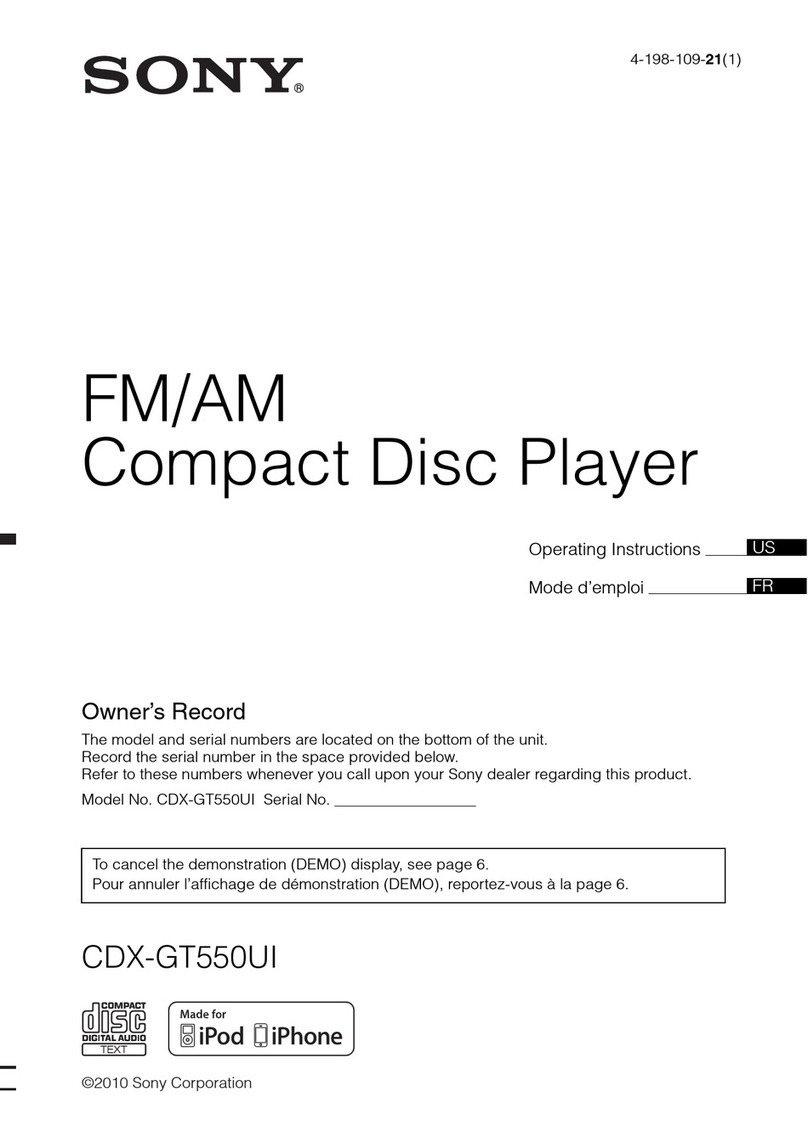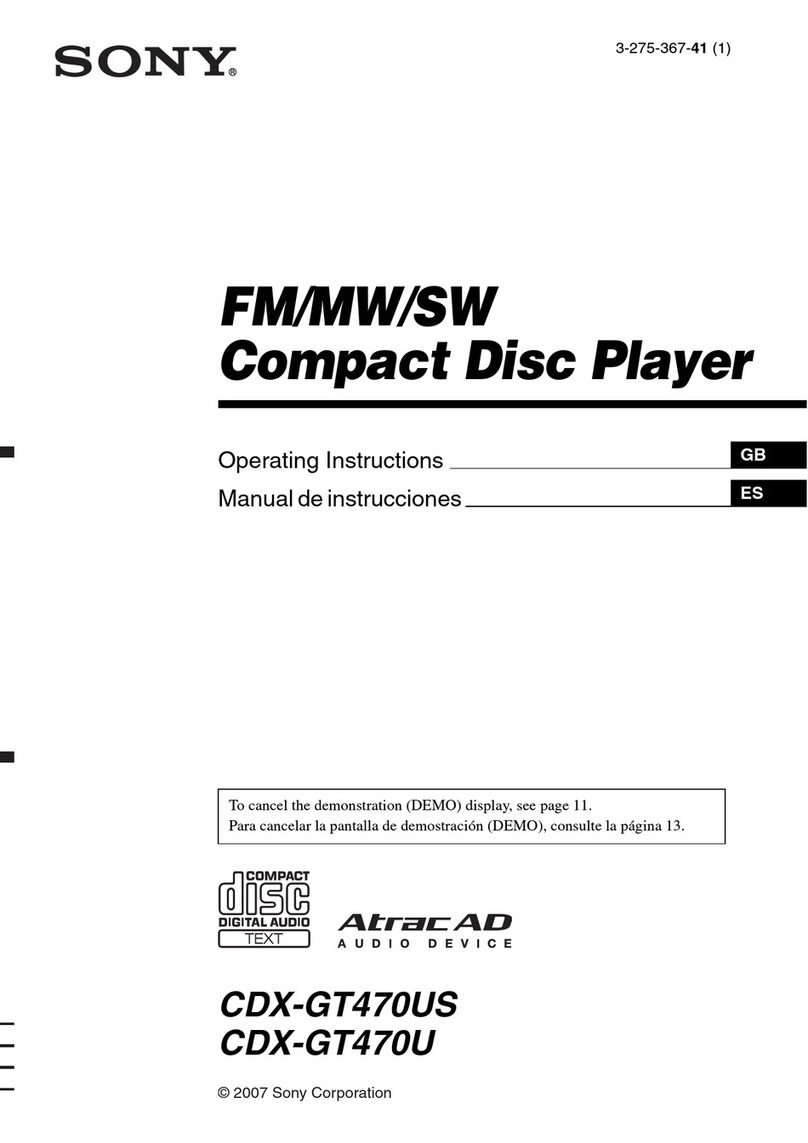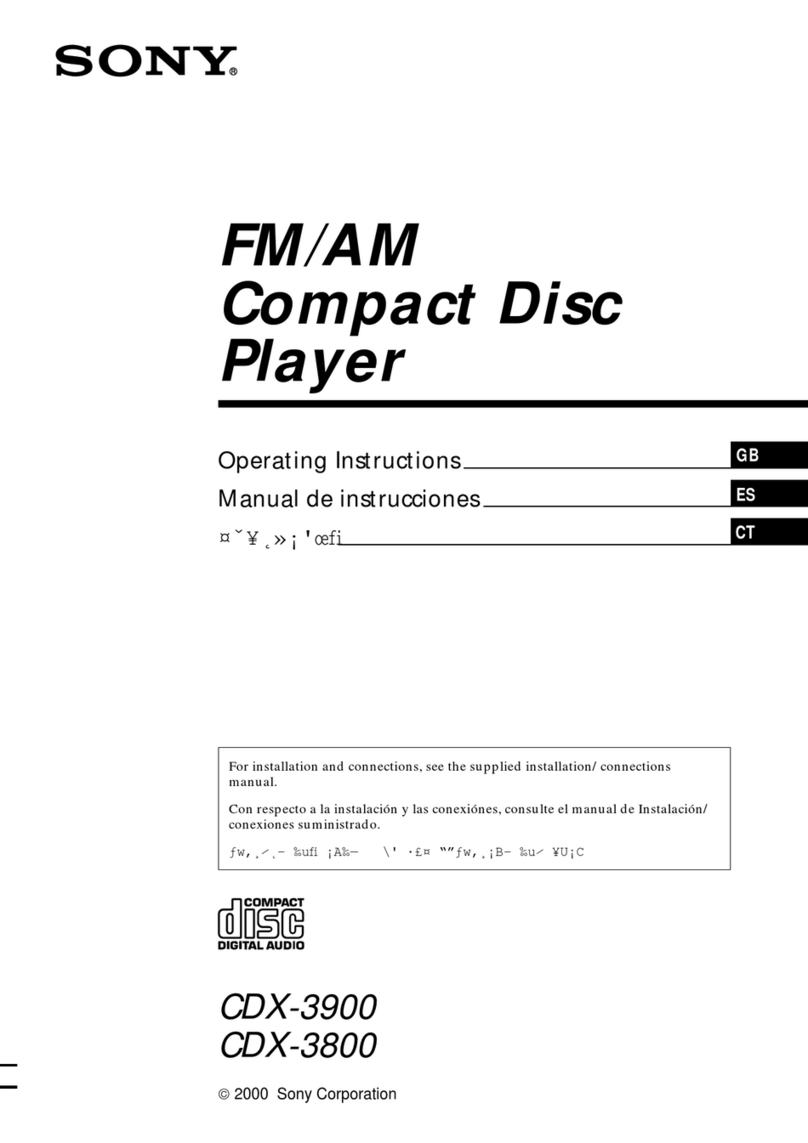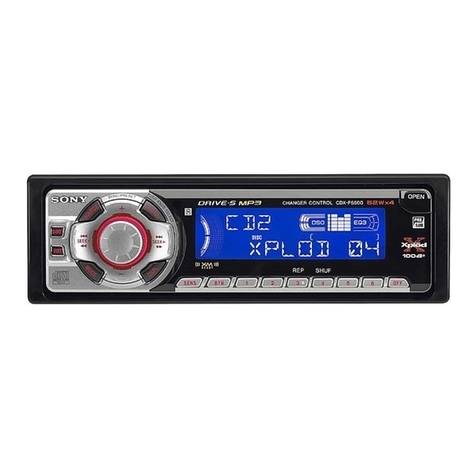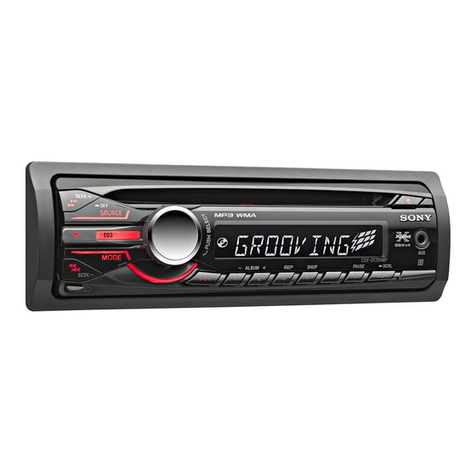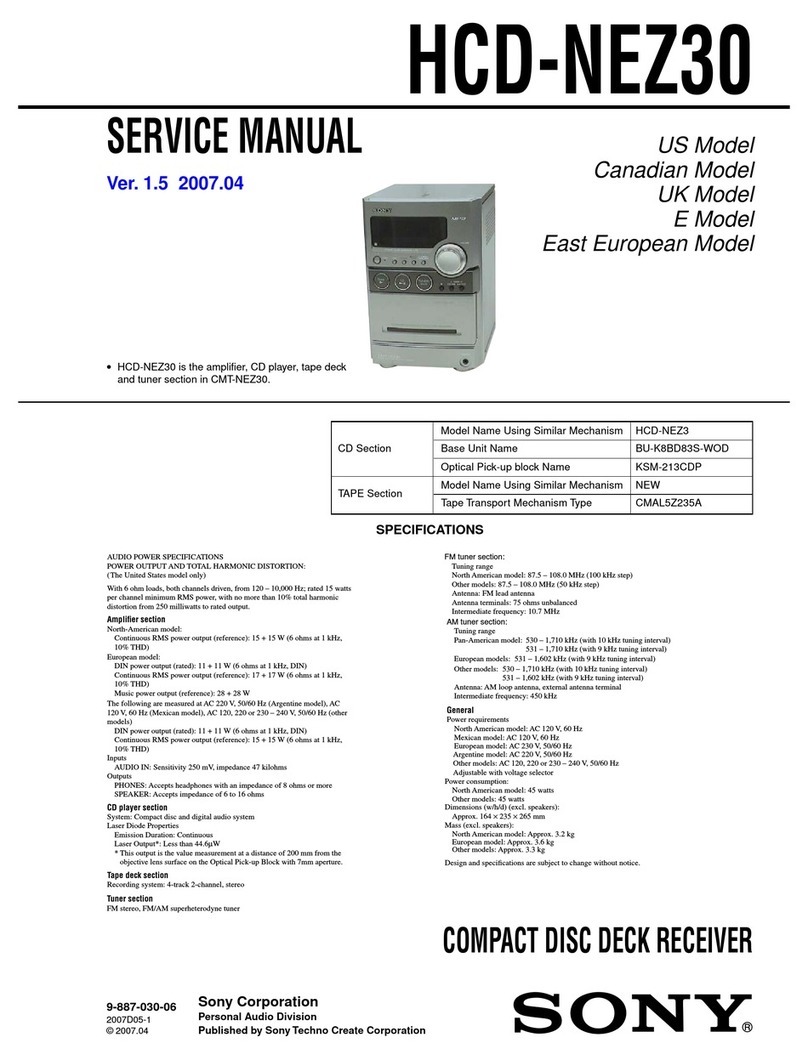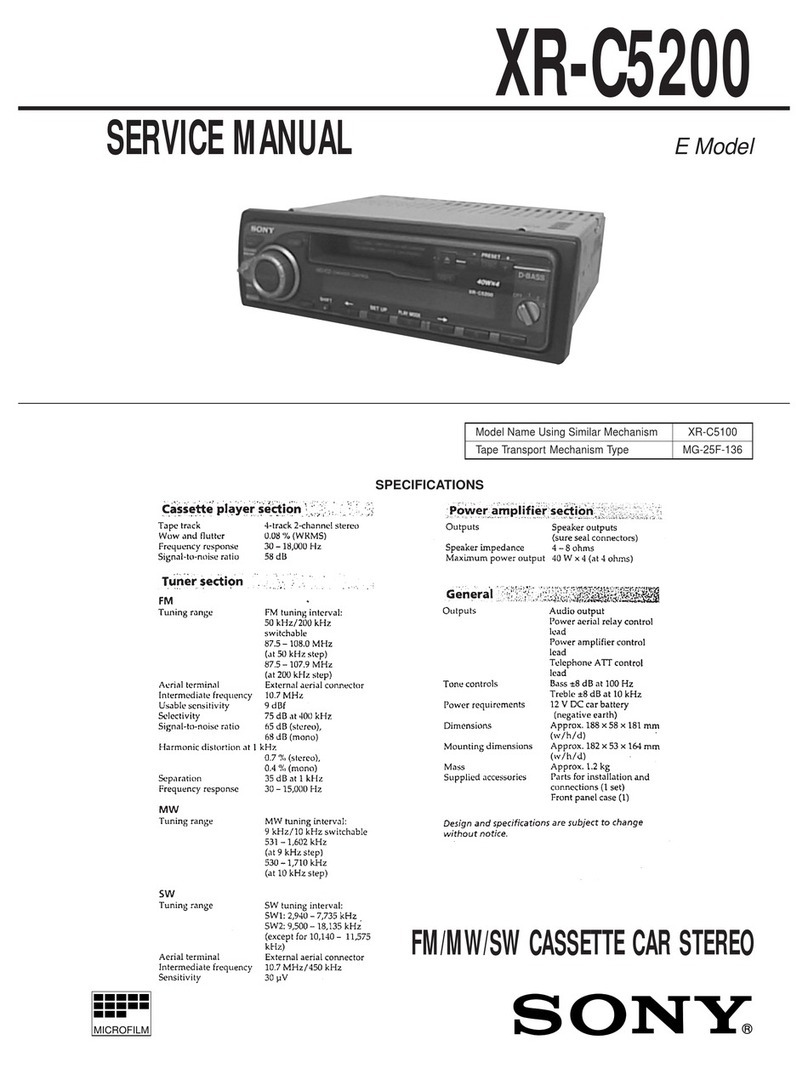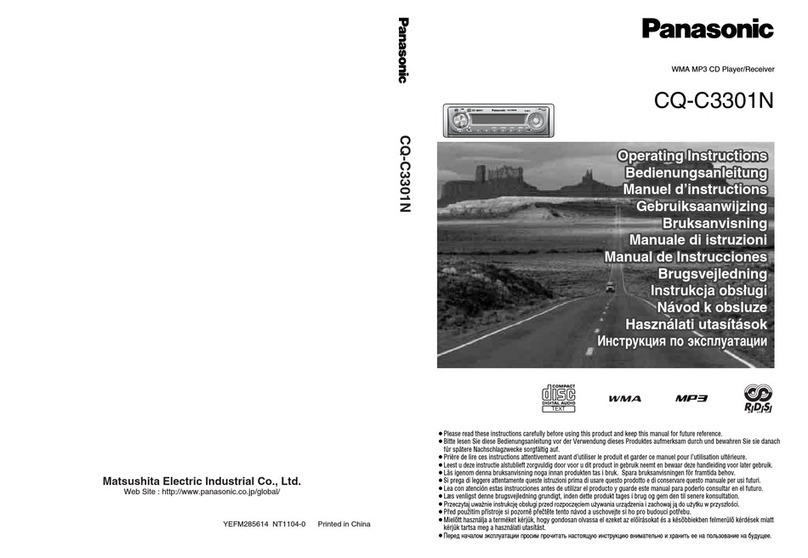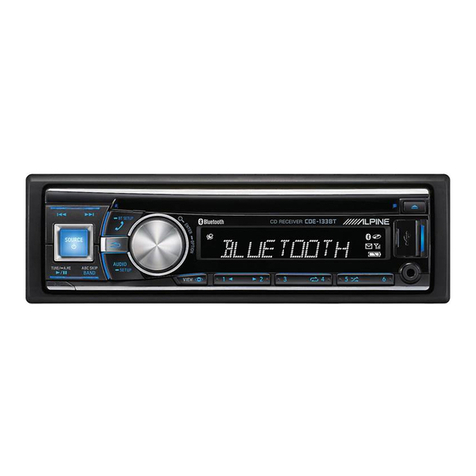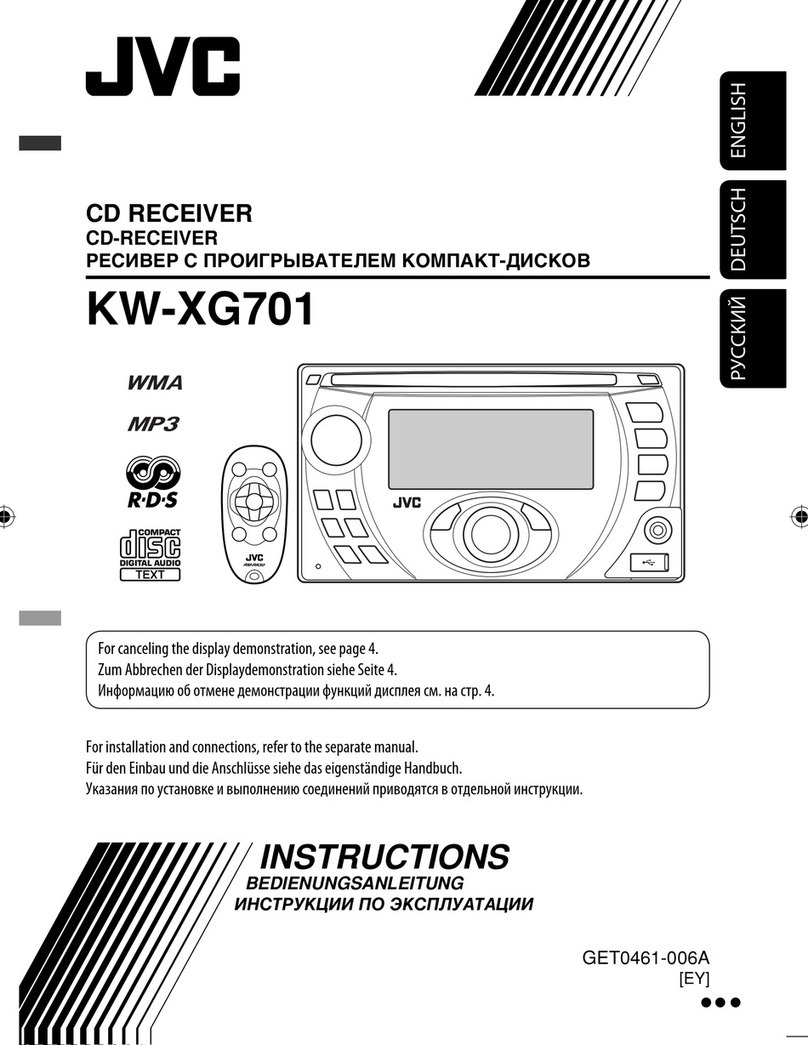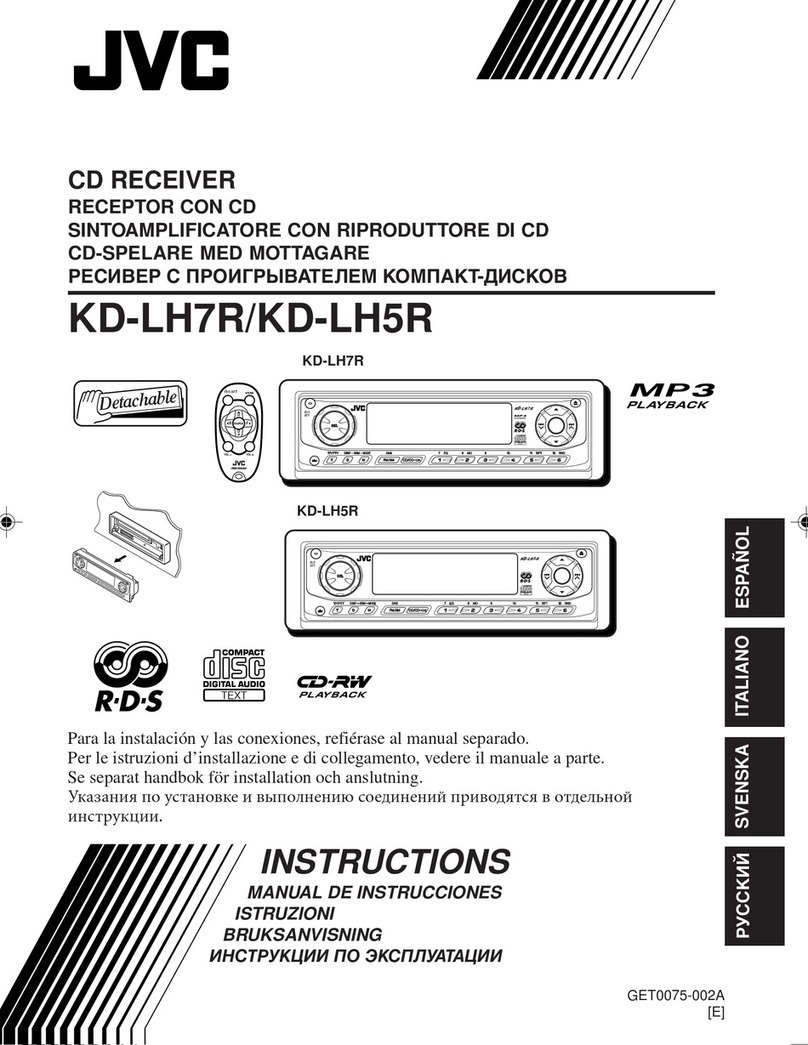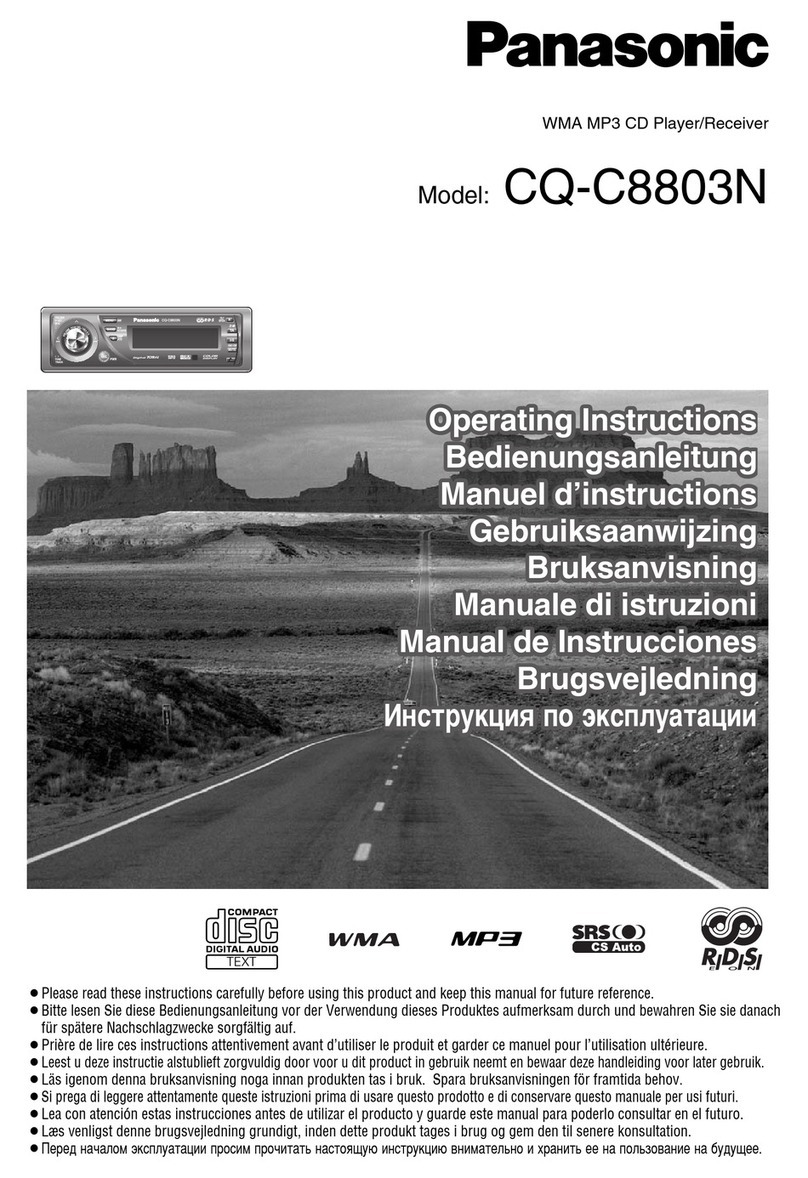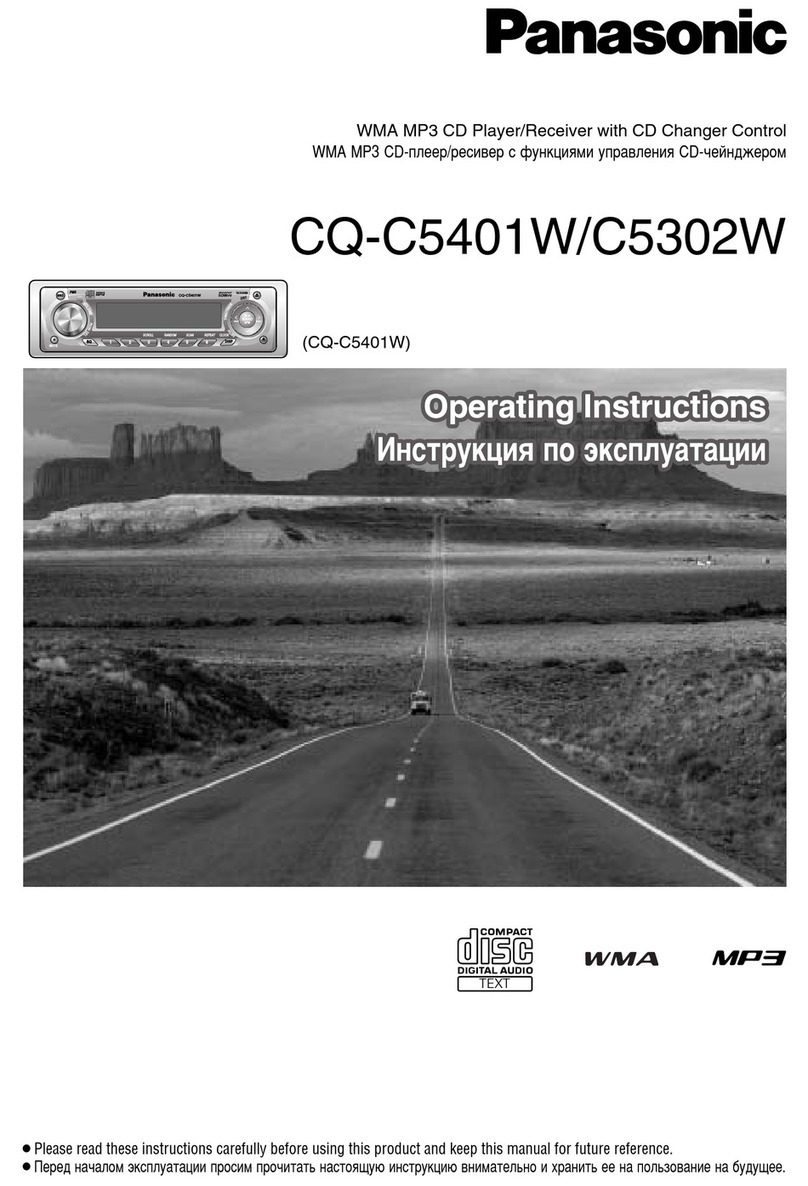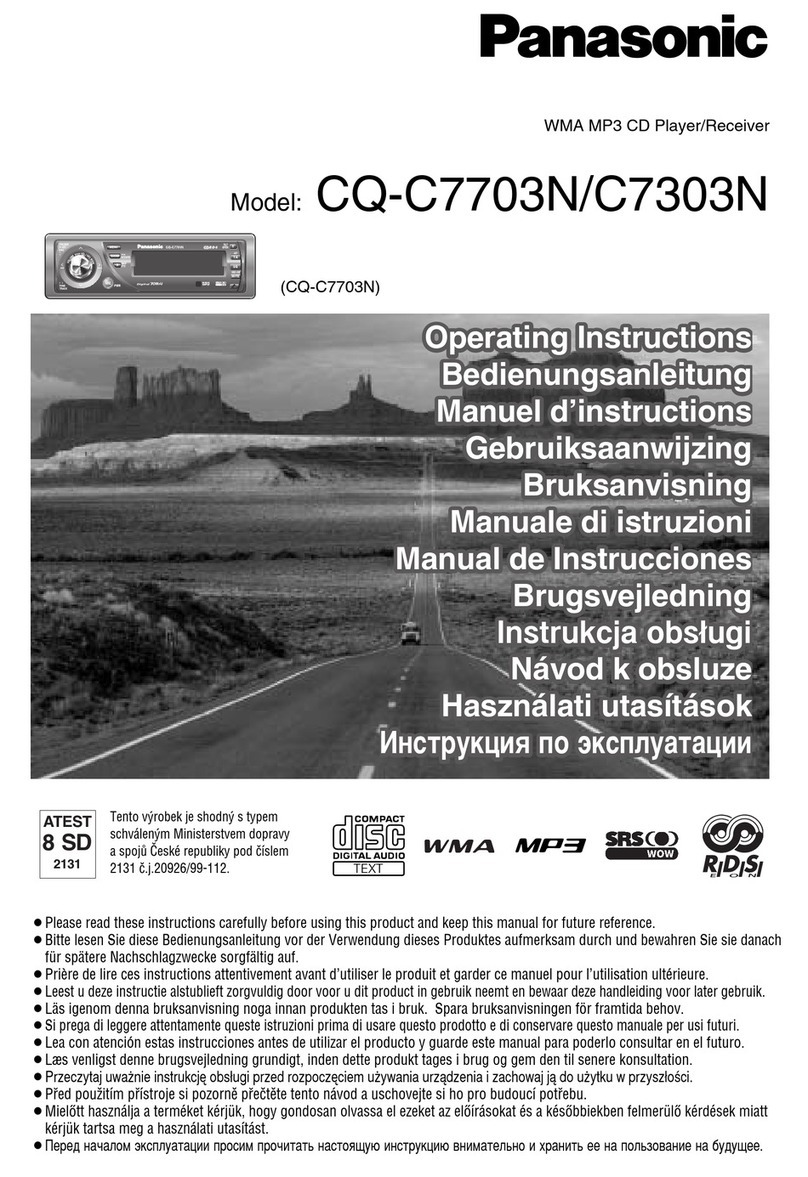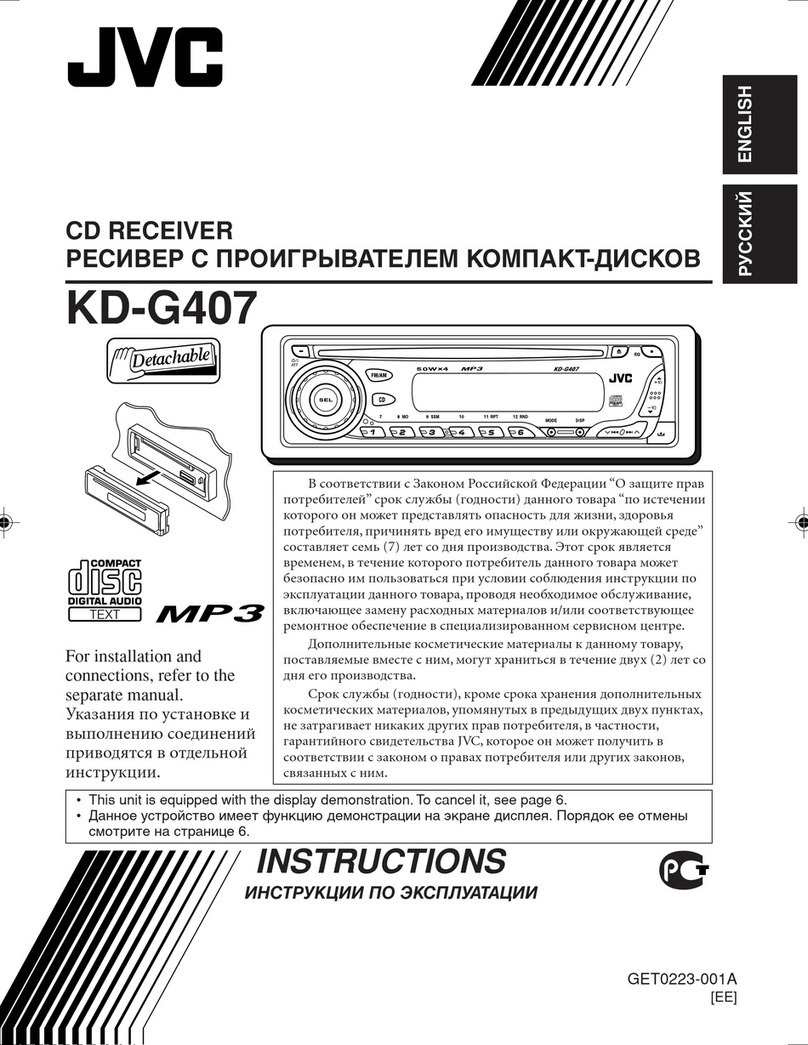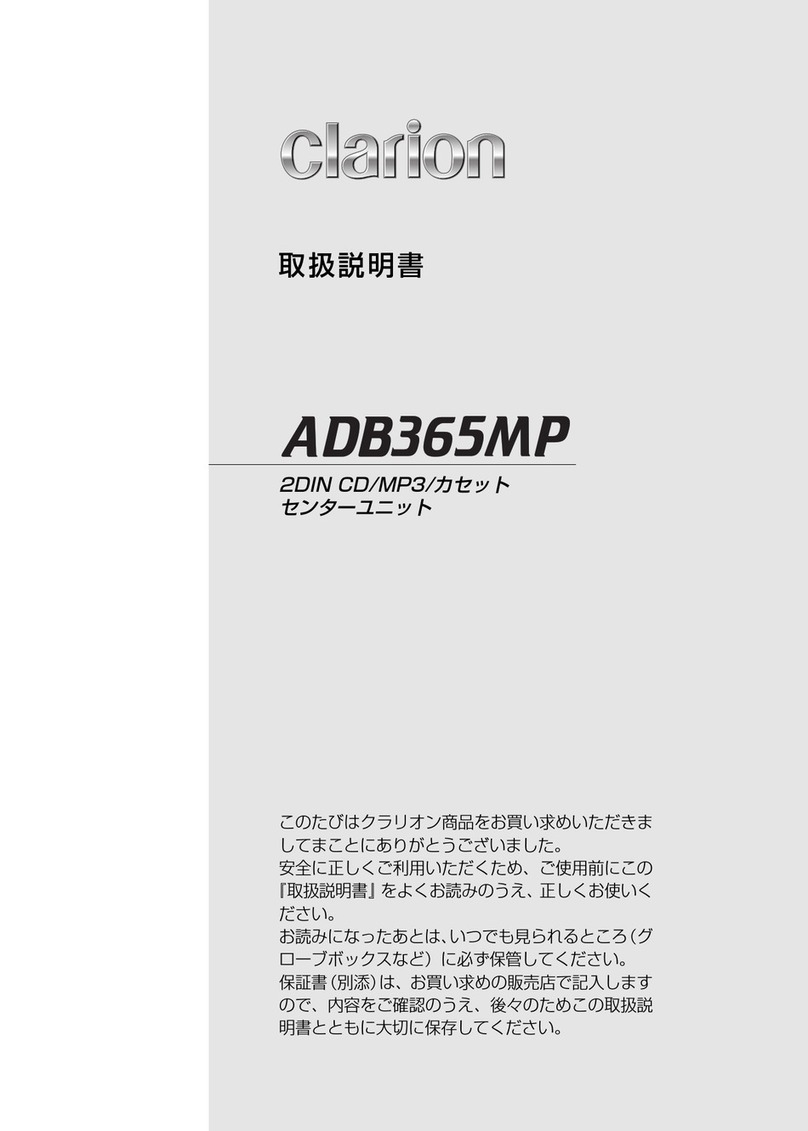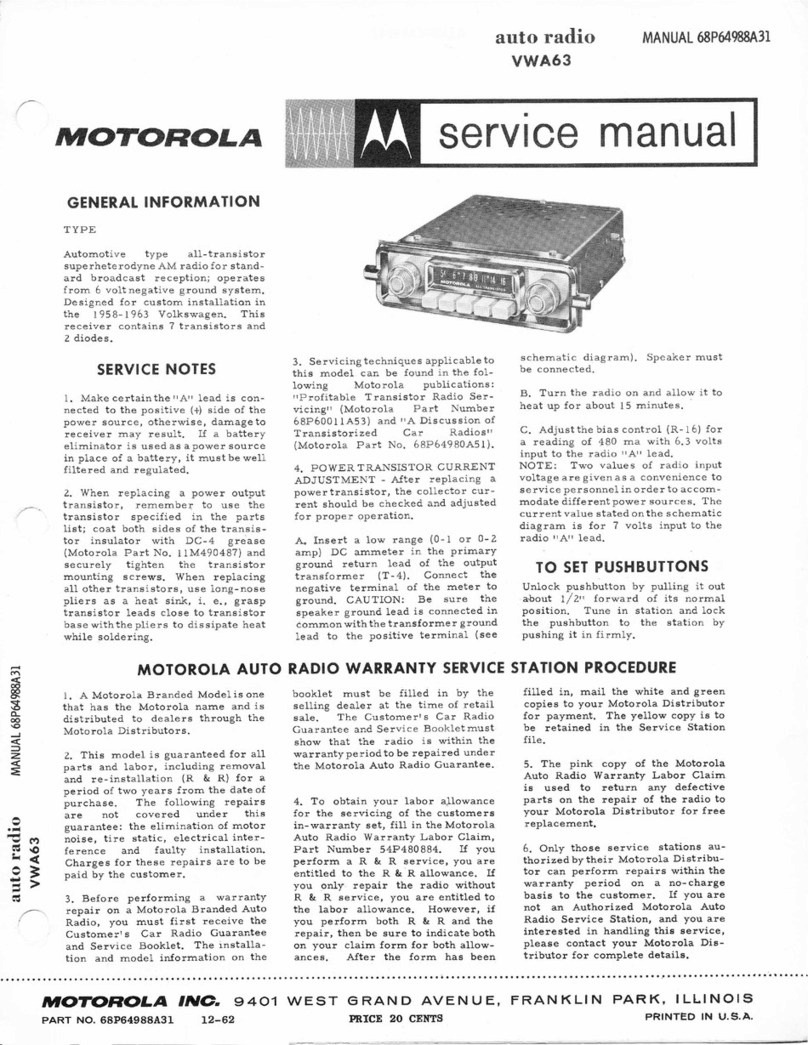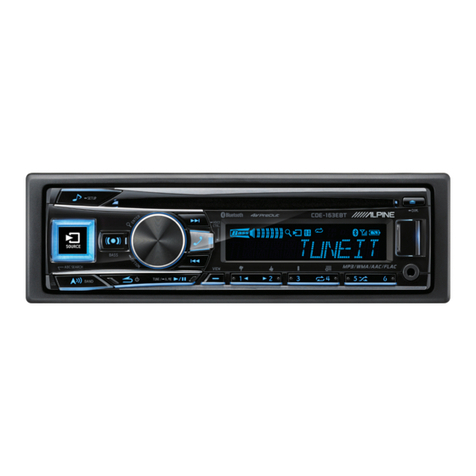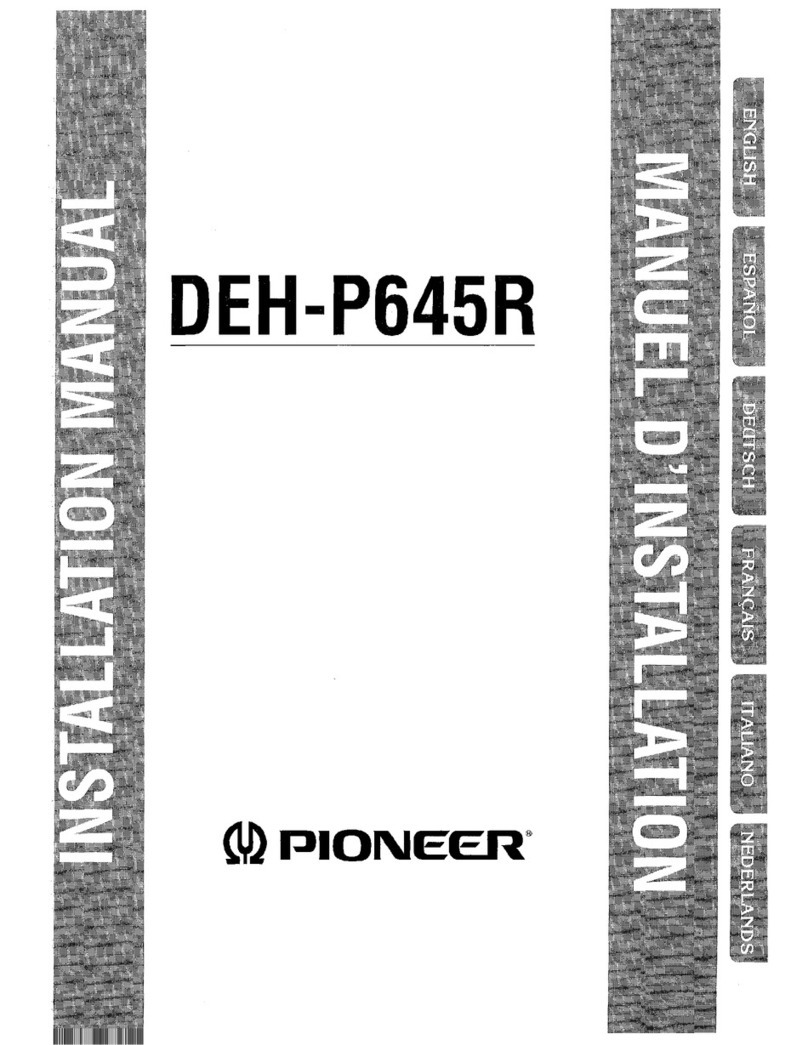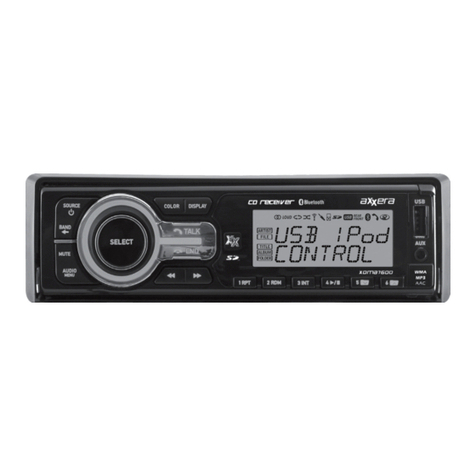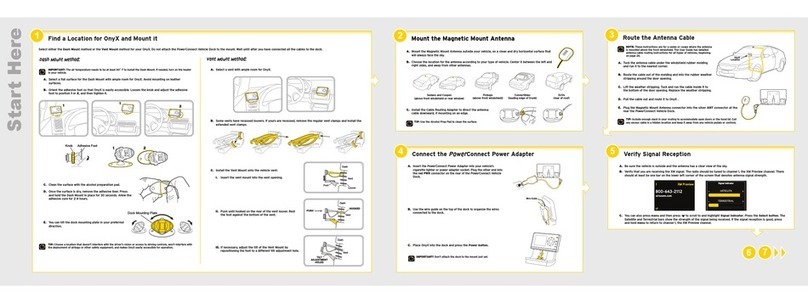SERVICE MANUAL
Sony Corporation
Audio&Video Business Group
Published by Sony Techno Create Corporation
HCD-EC709iP/EC909iP
SPECIFICATIONS
COMPACT DISC RECEIVER
9-889-760-01
2010C05-1
© 2010.03
US Model
Canadian Model
Australian Model
Ver. 1.0 2010.03
• HCD-EC709iP is the amplifier, CD player, tuner
and iPod/iPhone section in MHC-EC709iP.
• HCD-EC909iP is the amplifier, CD player, tuner
and iPod/iPhone section in MHC-EC909iP.
Model Name Using Similar Mechanism NEW
Base Unit Name BU-D1BD73
Optical Pick-up Block Name DA11MMVGP
Photo: HCD-EC909iP
iPod/iPhone section
Compatible iPod/iPhone models:
iPhone 3GS iPhone 3G iPhone
iPodnano
5th generation
(videocamera)
iPodtouch
2nd generation
iPodclassic
120GB
160GB (2009)
iPodnano
4th generation
(video)
iPodclassic
160GB (2007) iPod touch
1st generation
iPodnano
3rd generation
(video)iPodclassic
80GB
iPodnano
2nd generation
(aluminum)
iPod
5th generation
(video)
iPodnano
1st generationiPod
4th generation
(color display)
iPod
4th generation
iPod mini
General
Power requirements:
North American model: AC 120 V, 60 Hz
Australian model: AC 230 V − 240 V, 50/60 Hz
Power consumption:
HCD-EC909iP
North American model: 250 W
Australian model: 250 W
(0.5 W at the Power Saving Mode)
HCD-EC709iP
North American model: 200 W
Australian model: 200 W
(0.5 W at the Power Saving Mode)
Dimensions (W/H/D) (excl. speakers):
Approx. 200 mm × 306 mm × 389 mm
Mass (excl. speakers):
HCD-EC909iP
Approx. 5.7 kg
HCD-EC709iP
Approx. 5.5 kg
Standby power consumption: 0.5 W
wiring boards.
Main unit
AUDIO POWER SPECIFICATIONS
POWER OUTPUT AND TOTAL HARMONIC DISTORTION:
Front Speaker
With 12 ohm loads, both channels driven, from 120 – 10,000 Hz;
rated 70 watts per channel minimum RMS power, with no more than
0.7% total harmonic distortion from 250 milliwatts to rated output.
Amplier section
(North American model)
(Australian model)
HCD-EC909iP
North American model:
Front Speaker
RMS output power (reference):
180 W + 180 W (per channel at 12 Ω, 1 kHz)
Subwoofer
RMS output power (reference):
180 W (at 12 Ω, 80 Hz)
Australian model:
Front Speaker
Power output (rated):
85 W + 85 W (at 12 Ω, 1 kHz, 1% THD)
RMS output power (reference):
180 W + 180 W (per channel at 12 Ω, 1 kHz)
Subwoofer
RMS output power (reference):
180 W (at 12 Ω, 80 Hz)
HCD-EC709iP
North American model:
RMS output power (reference):
180 W + 180 W (per channel at 12 Ω, 1 kHz)
Australian model:
Power output (rated):
85 W + 85 W (at 12 Ω, 1 kHz, 1% THD)
RMS output power (reference):
180 W + 180 W (per channel at 12 Ω, 1 kHz)
Inputs
PC IN (stereo mini jack): Sensitivity 800 mV, impedance 22 kilohms
Outputs
SPEAKERS: Impedance 12 Ω
SUBWOOFER (MHC-EC909iP only): Impedance 12 Ω
CD player section
System: Compact disc and digital audio system
Laser Diode Properties
Emission Duration: Continuous
Laser Output*: Less than 44.6µW
from the objective lens surface on the Optical Pick-up Block
Frequency response: 20 Hz − 20 kHz
Signal-to-noise ratio: More than 90 dB
Dynamic range: More than 88 dB
Tuner section
FM stereo, FM/AM superheterodyne tuner
Antenna:
FM lead antenna
AM loop antenna
FM tuner section:
Tuning range
North American model: 87.5 MHz − 108.0 MHz (100 kHz step)
Australian model: 87.5 MHz − 108.0 MHz (50 kHz step)
Intermediate frequency: 225 kHz
AM tuner section:
Tuning range
North American model:
530 kHz − 1,710 kHz (10 kHz step)
531 kHz − 1,710 kHz (9 kHz step)
Australian model:
531 kHz − 1,710 kHz (9 kHz step)
530 kHz − 1,710 kHz (10 kHz step)
Intermediate frequency: 53 kHz
* is output is the value measurement at a distance of 200mm
e following measured at AC 240 V, 50/60 Hz
e following measured at AC 120 V, 60 Hz
(e United States model only)
with 7mm aperture.
Halogenated ame retardants are not used in the certain printed
Design and specications are subject to change without notice.
ÎiPod is atrademark of AppleInc., registered in theU.S.
and othercountries.
ÎiPhone is atrademark of AppleInc.
ÎMPEG Layer-3audio coding technologyand patents
licensed from FraunhoferIISand omson.
ÎAll othertrademarksand registered trademarksare of
their respectiveholders. Inthismanual, TM and ®marks
are notspecied.
